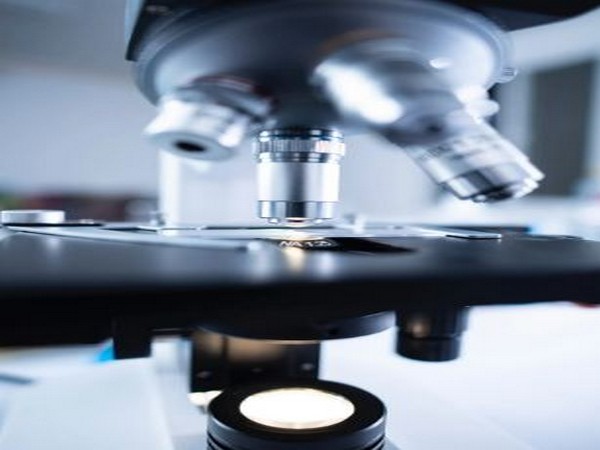
Introduction: In this guide, we’ll explore how Matlab can be used to analyze data and make predictions. We’ll start by exploring the basics of Matlab, including its use for analyzing images and graphs. Next, we’ll take a look at how to apply machine learning to data to make informed decisions. Finally, we’ll conclude with a few tips on how you can get the most out of Matlab for your scientific projects.
What is Matlab?
Matlab is a versatile tool for scientists of all levels. It offers a wide range of functions, from data analysis to machine learning. In addition, Matlab can be used to make scientific research. By using its features, you can improve your research results and learn more about the world around you.
What is Data Analysis?
Data mining is a technique used to extract valuable information from large data sets. It involves using algorithms to analyze the data and find patterns that can be used to make predictions or insights.
What is a Data Problem?
A data problem is a problem that cannot be solved using traditional methods such as analysis or machine learning. This means that there are not enough data points available for the algorithms to work with, or the data set is too complex for the algorithms to understand. To solve a data problem, you will need more information than what was available in the original dataset. You will also need to use tools like Python or R to interact with the data and turn it into useful information.
How Can Data Analysis be Used To Solve Data Problems?
There are two main ways that data analysis can be used to solve problems: by finding relationships between variables, and by extracting features from the data so that they can be analyzed in a machine learning or artificial intelligence way.
Tips for Data Analysis.
If you want to analyze data quickly and easily, you can use pre-made functions. These functions are designed to take care of most of the work for you, so you can focus on the analysis itself.
Use Data Pre-processing Tools.
Once you have your data set, it’s time to start processing it using various pre-processing tools. This can include sorting, averaging, and other techniques that will help improve the quality of your data set.
Use sophisticated analytical tools.
Last but not least, it’s important to use sophisticated analytical tools if you want to get the most out of your data sets. This might include things like machine learning algorithms or artificial intelligence (AI) software that can help you understand and predict outcomes of experiments or treatments. By using these tools, you’ll be able to make better decisions and achieve more accurate results in your research projects.
Conclusion
Data Analysis is essential for solving data problems. By using pre-made functions, data pre-processing tools, and sophisticated analytical tools, you can make data analysis a breeze. In the end, data analysis can help you solve any scientific research problem. So be sure to use all of the tips provided in this outline and enjoy successful scientific research!
